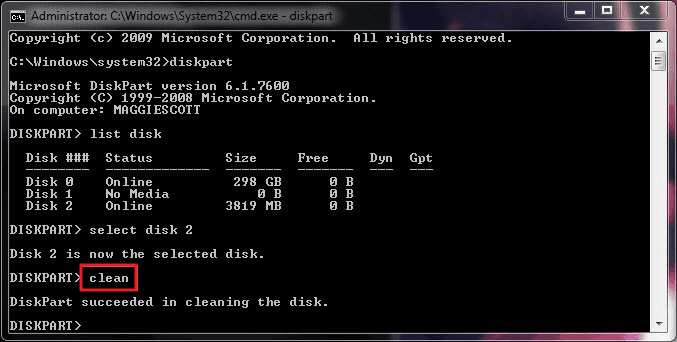

We are going to assume that you understand the basics of creating an unattended Windows setup CD. IE Windows 2000, Windows XP, and Windows 2003 Server.Ī more detailed version and the screenshots for this basic tutorial are hosted here (thanks Jtdoom).ĭriverpacks were created for integrating drivers directly into your Windows setup CD, which also happens to make an unnattended installation easier. DriverPacks BASE supports all NT5 platforms. Unless your computer won't boot from usb or doesn't have a cd/dvd drive.Tutorial for DriverPacks BASE. I think /dev/fd0 is the standard name for floppy drives, but with a usb floppy drive it could be different, I suppose you could try linking /dev/fd0 to whatever name the usb floppy drive is called if it's different, but I've never tried to needed to try that.Īnd installing grub to a floppy disk should work, though a cd/dvd/usb would be big enough for a whole ubuntu live iso, and might be easier.

Or if your floppy drive isn't /dev/fd0 then you could try lsblk or maybe blkid and see if it's listed, or after you plug it in check the logfiles and it should be listed in there somewhere (use dmesg or browse through /var/log/syslog and it should have some info. Making the disk bootable / setting bootable flag isn't an ext option, I always use gparted to do that, or even gnome disks, but you can use the terminal program fdisk like fdisk /dev/fd0 and then the a command to toggle the bootable flag (may need to add 1 for the 1st partition), then w for write. This would use the whole floppy disk with no partitioning, probably the same as gparted would do, I'm not sure. If your floppy drive is /dev/fd0 then this command should make an ext2 filesystem on the floppy drive, using ext2 and automagically figuring out the other parameters (see man mke2fs for all the options). Or, you can use the terminal tools yourself, using mkfs.ext2 (alias to mke2fs). I strongly prefer gparted, gives more options and tells you more details on what it does, Disks may work, but seems more like a black-box "click and hope" solution. For a pretty graphical way to do it, install/use gparted or even gnome-disk-utility ("Disks").


 0 kommentar(er)
0 kommentar(er)
